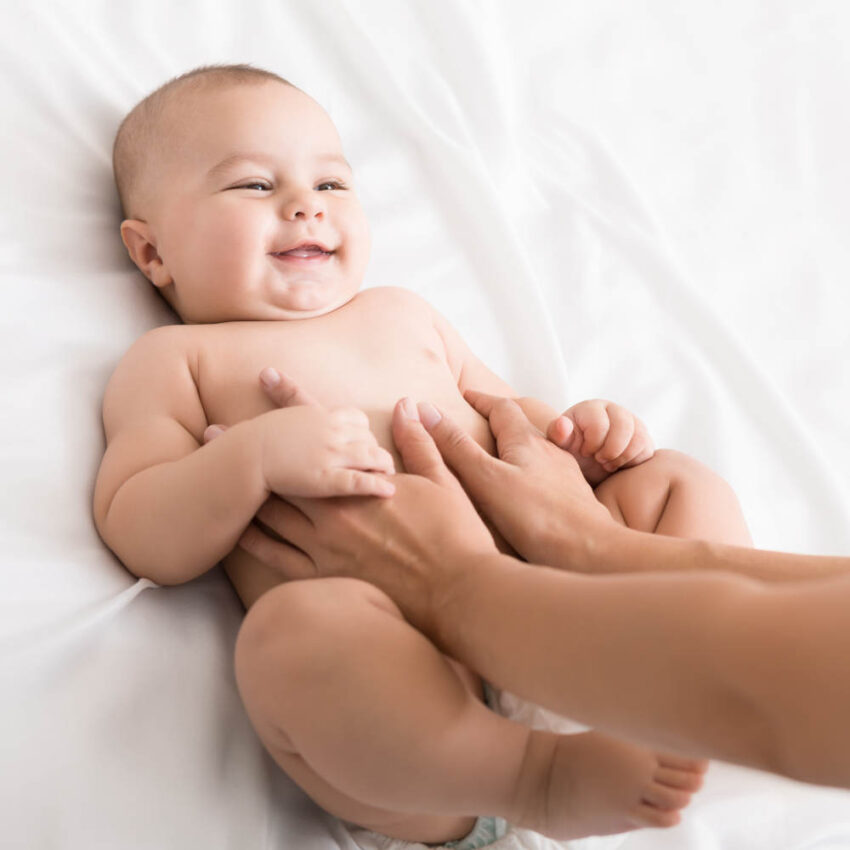Circumcision Sydney is a routine medical procedure performed on healthy infants to avoid certain health complications. It’s usually performed by a qualified healthcare provider such as a pediatric urologist.
The doctor will apply a plastic ring or clamp on the foreskin, cutting off circulation to the penis and allowing it to heal.
What happens during the procedure?
Typically, this procedure takes place in a hospital setting; however, it can also be completed at home by an experienced mohel (trained professional). Either way, your baby is placed on his back with soft restraints to keep him from flailing away.
Doctors then administer a local anesthetic, or medicine that numbs only certain parts of the body. They may inject this anesthetic into the base of the penis or apply it topically as cream. Circumcision Melbourne is a medical, religious or cultural ritual in which your baby’s foreskin is removed from the tip of his penis (glans). You may choose this option for medical, religious or cultural reasons.
Once the anesthetic wears off, your doctor will attach a plastic ring or special clamp to your baby’s foreskin. This cuts off blood supply to the penis. The ring will stay on until it comes off, and then they apply ointment like petroleum jelly and wrap it in gauze for protection.
How is pain controlled during the procedure?
Most doctors utilize local anesthesia during circumcision to ensure the baby feels no pain. Acetaminophen may also be administered along with the anesthetic, helping reduce discomfort both during and for several hours afterward.
Additionally, using a pacifier and swaddling your baby can help alleviate some of the pain during surgery. However, these methods should never replace the pain control techniques doctors use during the procedure such as dorsal penile block (DPNB) and lidocaine-prilocaine cream.
Neonatal circumcision pain management requires a multimodal approach in order to provide adequate analgesia and avoid adverse neurodevelopmental outcomes for these infants. Recent studies have demonstrated that combination modalities, such as DPNB and sucrose-dipped pacifiers, are more effective at relieving pain than individual techniques like penile nerve block or lidocaine-prilocaine used alone.
How long does it take to heal?
After your baby’s penis procedure, it may take anywhere from a few days to a week for it to heal completely. At first, your infant may appear slightly red and swollen with some blood on their diaper.
Your baby will need regular pain relief during this time and you should be gentle with their penis to avoid injury. Applying ointment or petroleum jelly directly on the penis can help alleviate any discomfort experienced.
You could also try placing a piece of gauze on the tip after each diaper change, according to ACOG (American College of Obstetricians and Gynecologists). This should eventually fall off when your baby urinates.
You must keep the area clean during this period. Use a damp washcloth to wipe the site and change baby’s diaper frequently in order to prevent stool from getting on the wound.
What happens after the procedure?
Circumcision is a surgical procedure to remove the skin at the tip of your penis, usually performed in the hospital but also available at your doctor’s office.
Denise Scott, MD – an Oklahoma pediatrician and expert with JustAnswer – reports that most procedures don’t cause any pain. A local anesthetic may be used to numb the area before beginning.
After the procedure, baby may experience fussiness and irritability. Their penis may appear red and swollen, but this should resolve within a few days.
Infection is a relatively uncommon complication of circumcision. Yellowish scabs that appear after the cut edge or on the face may be mistaken for infection, but are actually part of the healing process.
If you detect any signs of infection during the days following your son’s circumcision, contact his doctor right away. These could include a fever, no wet diapers, or an infant who appears to cry when they pee.

